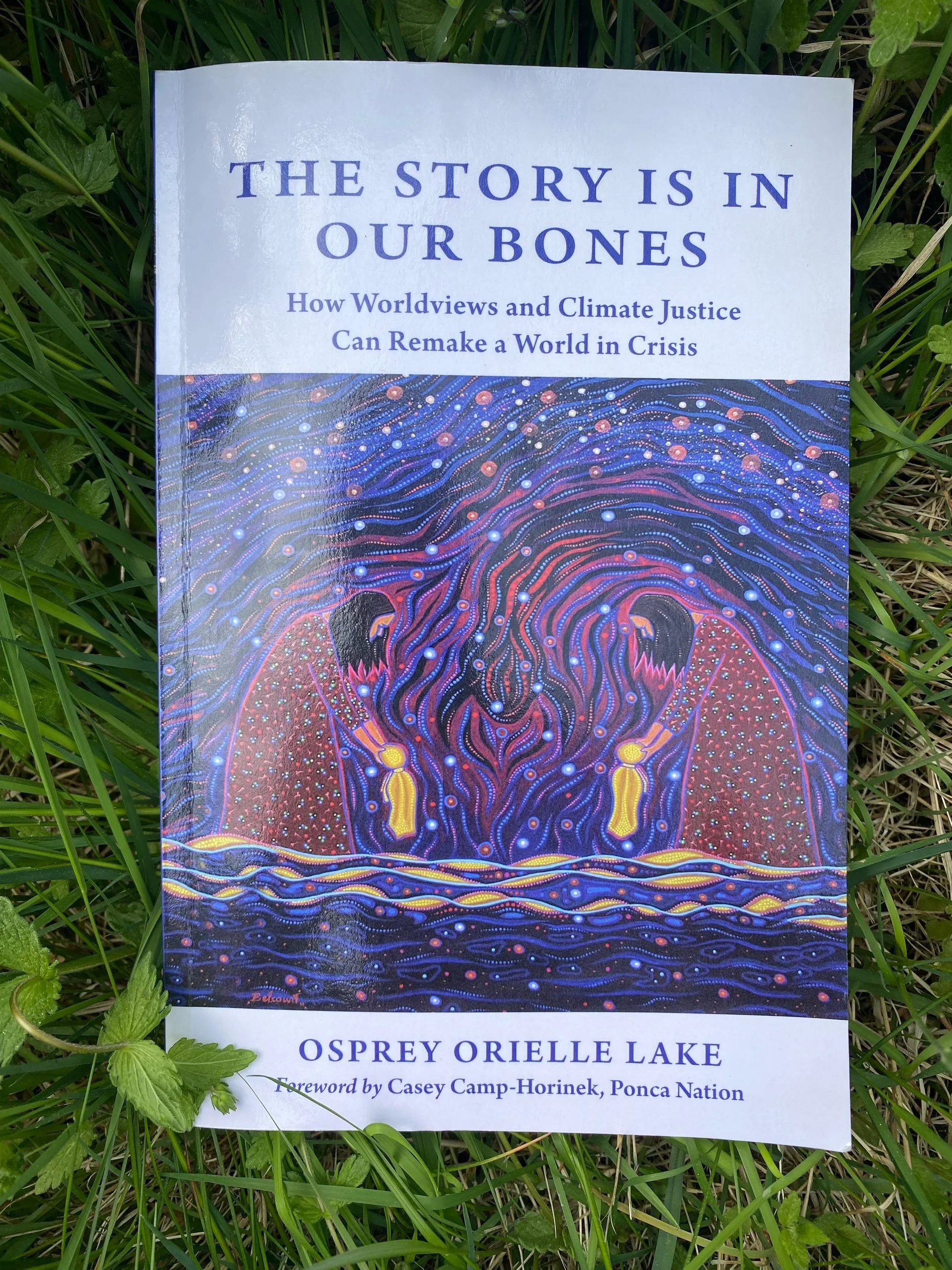A nice and constructive activity to do these days is to repair your broken clothes. Usually it doesn’t take more than a few stitches and that hole in your favourite t-shirt is mended, or that button that’s loose is tightened or that hole inside the bottom of your winter coat - now is the time to fix it.
You’ve probably heard: reduce, reuse, recycle - but did you know that these are actually in prioritised order? So if you feel like you need a new item of clothes - you should remember the first R - reduce - do you have a similar looking item already in your wardrobe? (Chances are quite high for yes) then go to the next R - Reuse.
But what if it’s broken you say? I would say - either way mend it. Then you might start liking the item again, and you remember that loved clothe slast - or you go to the next R - Recycle - and you give the item to a charity that will make sure it gets a new life!
Because we should remember that it’s not just the thread and fabric that went into making this piece of clothing - someone made that item for you. When we have that perspective with us from the start, maybe we make better decisions before we buy fast fashion because fast fashion sucks. it’s not good for the planet and ultimately it’s not good for us either.
So find your needles, a pair of scissors and some thread it the right colour and maybe put on a podcast to keep you company while sewing. So far, I’ve mended the broken arm velcro on my old jacket, and the holes in a sweater. Good luck fixing and being a green everyday hero! You can also look up @fash_rev on Instagram and find inspiration under #fashionrevolutionweek #fashionrevolution .
Velcro that needed mending









